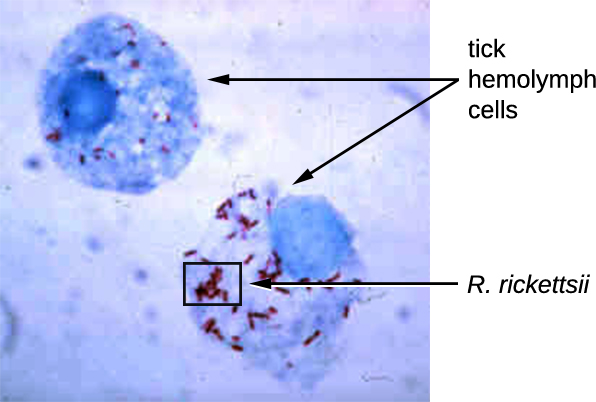| << Chapter < Page | Chapter >> Page > |
In 1987, the American microbiologist Carl Woese (1928–2012) suggested that a large and diverse group of bacteria that he called “purple bacteria and their relatives” should be defined as a separate phylum within the domain Bacteria based on the similarity of the nucleotide sequences in their genome. C.R. Woese. “Bacterial Evolution.” Microbiological Review 51 no. 2 (1987):221–271. This phylum of gram-negative bacteria subsequently received the name Proteobacteria . It includes many bacteria that are part of the normal human microbiota as well as many pathogens. The Proteobacteria are further divided into five classes: Alphaproteobacteria, Betaproteobacteria, Gammaproteobacteria, Deltaproteobacteria, and Epsilonproteobacteria ( Appendix D ).
The first class of Proteobacteria is the Alphaproteobacteria . The unifying characteristic of this class is that they are oligotroph s, organisms capable of living in low-nutrient environments such as deep oceanic sediments, glacial ice, or deep undersurface soil.
Among the Alphaproteobacteria are two taxa, chlamydias and rickettsias, that are obligate intracellular pathogen s, meaning that part of their life cycle must occur inside other cells called host cells. When not growing inside a host cell, Chlamydia and Rickettsia are metabolically inactive outside of the host cell. They cannot synthesize their own adenosine triphosphate (ATP), and, therefore, rely on cells for their energy needs.
Rickettsia spp. include a number of serious human pathogens. For example, R. rickettsii causes Rocky Mountain spotted fever , a life-threatening form of meningoencephalitis (inflammation of the membranes that wrap the brain). R. rickettsii infects ticks and can be transmitted to humans via a bite from an infected tick ( [link] ).

Another species of Rickettsia , R. prowazekii , is spread by lice. It causes epidemic typhus , a severe infectious disease common during warfare and mass migrations of people. R. prowazekii infects human endothelium cells, causing inflammation of the inner lining of blood vessels, high fever, abdominal pain, and sometimes delirium. A relative, R. typhi , causes a less severe disease known as murine or endemic typhus, which is still observed in the southwestern United States during warm seasons.
Chlamydia is another taxon of the Alphaproteobacteria. Members of this genus are extremely resistant to the cellular defenses, giving them the ability to spread from host to host rapidly via elementary bodies. The metabolically and reproductively inactive elementary bodies are the endospore-like form of intracellular bacteria that enter an epithelial cell, where they become active. [link] illustrates the life cycle of Chlamydia .

Notification Switch
Would you like to follow the 'Microbiology' conversation and receive update notifications?